On November 26, at the National Innovation Center (NIC) in Hoa Lac, Deputy Prime Minister Nguyen Chi Dung chaired a working session with the Vietnam Innovation and Expert Network (VIN) on the development of strategic technology industries.
The program was attended by leaders of the Ministries of Finance, Science and Technology; representatives of research institutes, universities and nearly 70 experts from 22 countries participating in person and online.
Vietnam is entering a new stage of development, where innovation and strategic technology will be the key driving force. Resolution No. 57-NQ/TW has clearly identified the need to strongly develop science, technology and innovation, considering this as the key driving force to promote rapid and sustainable growth, especially in strategic technology fields that are leading, capable of creating new value and long-term competitiveness for the country.
Based on that orientation, Decision No. 1131/QD-TTg of the Prime Minister has specified the goals, tasks and solutions for developing pioneering technologies; at the same time, clearly identified 11 strategic technology sectors and 32 national strategic technology products.
This is an important foundation for forming a strategic technology ecosystem, ensuring synchronization from policy mechanisms, human resources, infrastructure to research, development and technology commercialization activities.
Speaking at the working session, Deputy Prime Minister Nguyen Chi Dung affirmed that the Vietnam Innovation Network with more than 2,000 experts worldwide is a place where global Vietnamese knowledge converges, and is an especially important resource to help the Government realize its strategy of developing pioneering technology industries.
In the new trend, continuing to expand the network and improving the quality of contributions from the team of experts will play a key role in the implementation of 11 strategic sectors, creating new growth momentum for the economy.
The Deputy Prime Minister said there are still many difficulties in choosing big problems and designing strong enough programs; he hopes that experts will propose practical, feasible, and breakthrough solutions, instead of general analysis.
In particular, the Deputy Prime Minister emphasized the mechanism of attracting "chief engineers" and "chief architects" for national technology projects and considered these two key positions to lead fundamental programs.
The “chief engineer” will be responsible for overall coordination, resource connection and ensuring the project meets strategic goals, while the “chief architect” designs the system structure, develops technical standards and guides core technology development.
The combination of these two roles helps national projects have a long-term vision, high synchronization and minimize risks during implementation.
Dr. Nguyen Xuan Mung, a member of the VIN Network in Korea, said that Vietnam needs to strongly participate in the small-sized unmanned aerial vehicle (UAV) segment, while investing in developing a national UAV ecosystem, low-altitude airspace management infrastructure, and a suitable testing policy framework.
Representing the VIN Network in Taiwan, Mr. Vo Duc Thang, co-director of the INTENSE Program in Vietnam, shared about the great potential for cooperation between the two sides.
Specifically, more than 40,000 Vietnamese students are studying in Taiwan (China), with half studying high-tech engineering. The INTENSE Program alone has trained more than 200 students and will open 880 more STEM - semiconductor scholarships by 2026.
Training models linked to businesses, together with connection activities and cooperation offices in many localities, are creating an important foundation for Vietnam to build a team of high-quality semiconductor engineers.
Founder and Director of the Anti-Fraud Project Ngo Minh Hieu emphasized that when Vietnam develops AI, digital finance or govtech, it must first build a safe and trustworthy digital environment.
According to experts, there should be a national center for preventing and combating fraud and cybercrime following the Singapore model, connecting banking, telecommunications, social networks, and investigation agency data to warn of risks in real time.
At the same time, it is necessary to deploy a data sandbox that allows businesses and research institutes to exploit non-personal data to develop AI models and early warning systems./.
Source: https://www.vietnamplus.vn/khang-dinh-chien-luoc-cong-nghe-quoc-gia-dua-tren-tri-thuc-viet-nam-toan-cau-post1079401.vnp



![[Photo] VinUni students' emotions are sublimated with "Homeland in the Heart: The Concert Film"](/_next/image?url=https%3A%2F%2Fvphoto.vietnam.vn%2Fthumb%2F1200x675%2Fvietnam%2Fresource%2FIMAGE%2F2025%2F11%2F26%2F1764174931822_10-3878-jpg.webp&w=3840&q=75)
![[Photo] Close-up of heavy damage at the school located on the banks of the Ban Thach River](/_next/image?url=https%3A%2F%2Fvphoto.vietnam.vn%2Fthumb%2F1200x675%2Fvietnam%2Fresource%2FIMAGE%2F2025%2F11%2F26%2F1764152130492_ndo_bl_img-8188-8805-jpg.webp&w=3840&q=75)


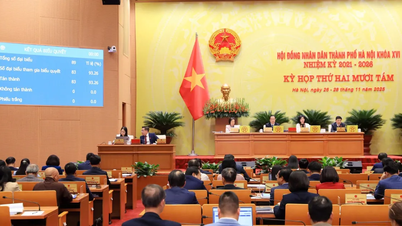



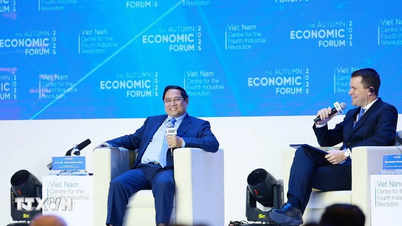






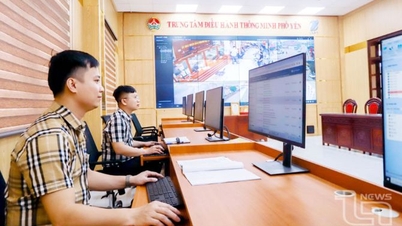









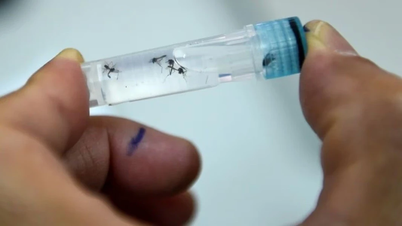
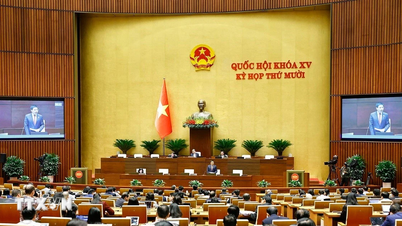
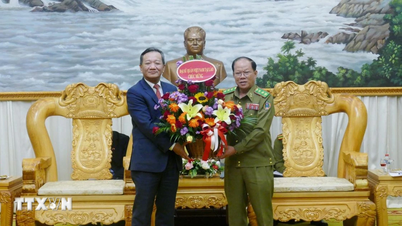

















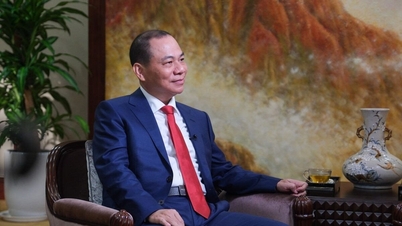




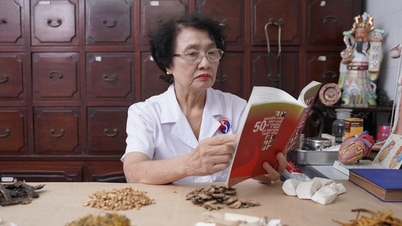

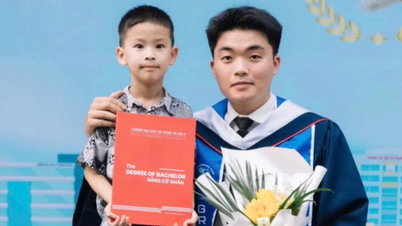





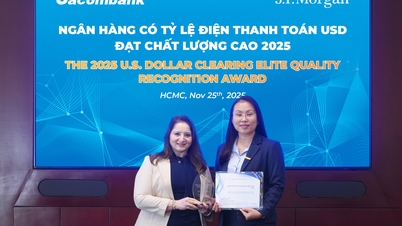

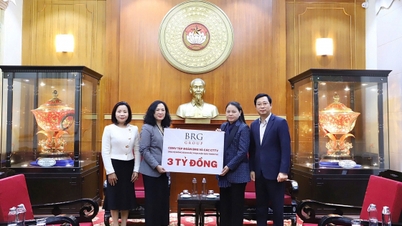














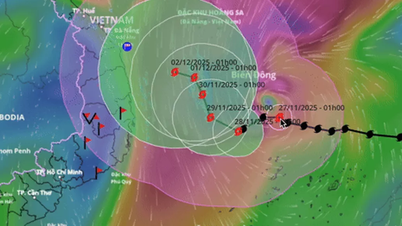


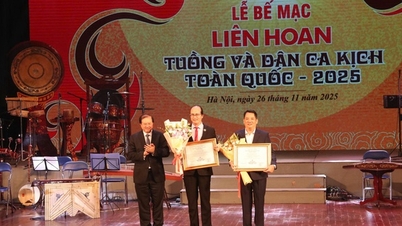
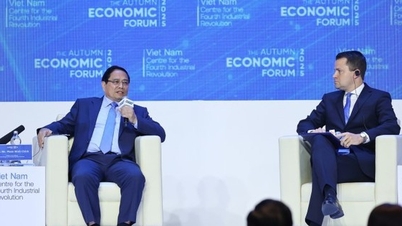





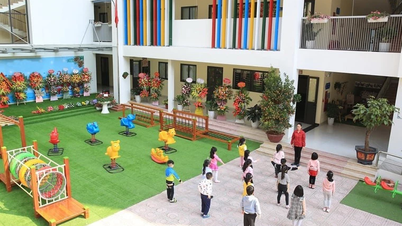


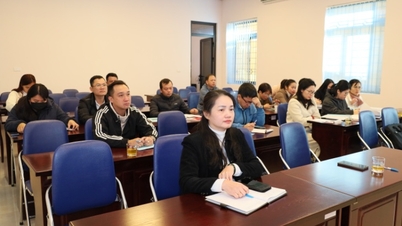



















Comment (0)